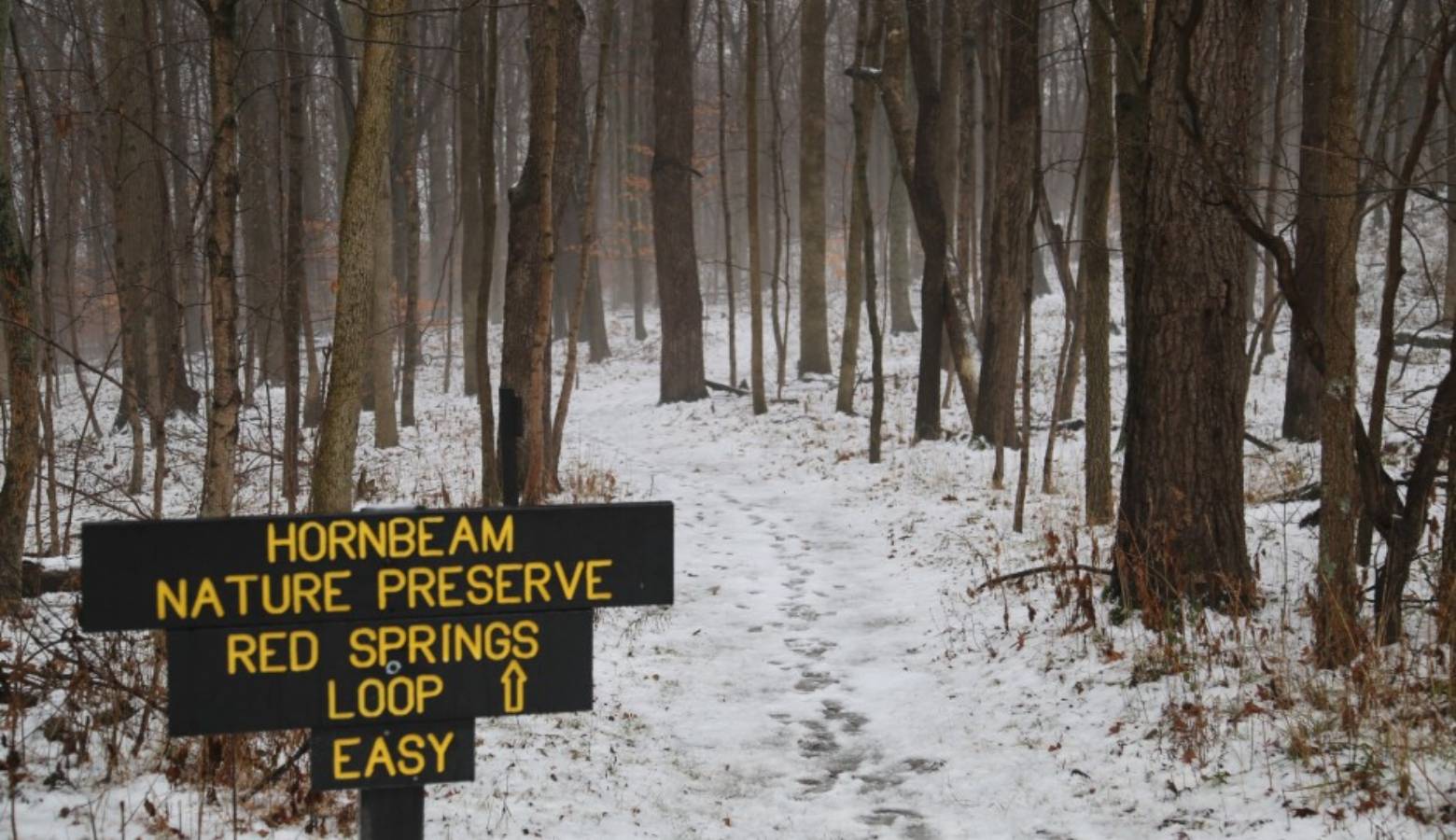State Approves Three New Nature Preserves

Indiana’s Natural Resources Commission, an autonomous board under the Department of Natural Resources, approved nature preserve status for three new Indiana sites Wednesday.
With the addition of the three properties, the Hoosier state now has 277 state-designated sites protected by the Nature Preserves Act of 1967, which established permanent protection for significant natural areas throughout Indiana.
The three newly-approved nature preserves cover four counties, with one site in the northeastern part of the state and two sites in the southern part of the state near Louisville.
Pisgah Marsh
The new Pisgah Marsh Nature Preserve is 118 acres within the Pisgah Marsh Fish & Wildlife Area, owned and operated by the DNR Division of Fish & Wildlife.
The property covers parts of Kosciusko and Whitley counties. According to the DNR, the new site will help preserve habitats for a number of state-endangered wildlife species, including Blanding’s turtle, Virginia rail and others.
The property already includes an ADA accessible boardwalk that leads to Pisgah Lake.
Greenbrier Knob
The Greenbrier Knob property includes two tracts within Harrison-Crawford State Forest, operated by the DNR Division of Forestry.
DNR officials say this new nature preserve includes state-rare species like barren strawberry and wild false indigo.
County Line Glades
The County Line Glades Nature Preserve is also made up of two tracts that cover parts of both Harrison and Crawford counties within Harrison-Crawford State Forest.
Officials say the preserve will protect limestone glades and dry upland forest and the state-endangered Indiana bat.
